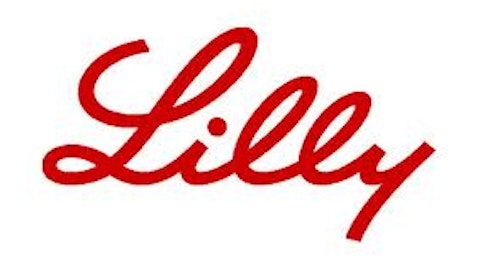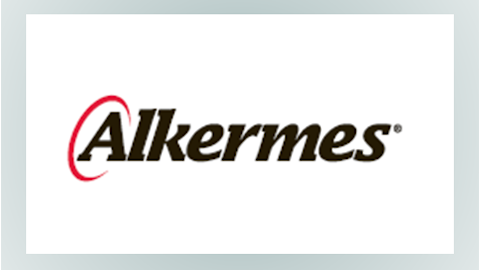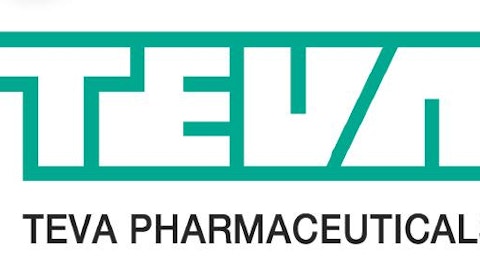
By age 35, around two-thirds of all American men will have begun to experience androgenetic alopecia, more commonly known as male pattern baldness. By age 50, around 85% of men have significantly thinning hair. For nearly a quarter of American men, the onset of male pattern baldness hits before they’re age 21.
What options are available for those men who don’t want to yield any ground on their heads to baldness? Some take the toupee approach. Others go for hair transplants. Many, though, instead opt for medications that promise to improve their odds of keeping and sometimes even regrowing hair. Here are three of the top treatments in this category.
Rogaine
First introduced back in 1988 by Upjohn, Rogaine is the granddaddy of male pattern baldness drugs. Johnson & Johnson (NYSE:JNJ) acquired rights to the product in 2006 and soon afterward launched Rogaine Foam. After all these years, Rogaine still stands as the most recommended brand for hair regrowth by dermatologists.
The active ingredient in Rogaine, minoxidil, was initially developed to treat high blood pressure. However, researchers noticed an intriguing side effect of the drug — hair regrowth. Minoxidil works by increasing the size of hair follicles, according to Johnson & Johnson (NYSE:JNJ). The Mayo Clinic, on the other hand, says that exactly how the drug works remains unknown.
Rogaine is available over-the-counter (including in generic form) and does work for many men. Johnson & Johnson (NYSE:JNJ) reports clinical studies that found almost nine out of 10 men using Rogaine Foam regrew hair after four months of taking the product. However, one of the relatively rare side effects is actually increased loss of hair. Johnson & Johnson (NYSE:JNJ) notes that men typically shed hair during early usage of Rogaine, but that the hair “usually” begins to regrow after several months. For some men, that regrowth doesn’t occur.
Propecia
Merck & Co., Inc. (NYSE:MRK) made $427 million in 2012 from male pattern baldness prescription drug Propecia. The drug, known generically as finasteride, is also sold under the brand name Proscar as a treatment for benign prostatic hyperplasia in men with an enlarged prostate.
Propecia works by preventing conversion of testosterone to dihydrotestosterone, or DHT. Decreasing levels of DHT on the scalp appears to help prevent the shrinking of hair follicles. Studies have found that 90% of men with mild to moderate hair loss who took Propecia showed some visible results after five years — 48% experienced regrowth of hair and 42% had no further hair loss.
These good results make Propecia a good choice for many men who want to hold on to their hair. However, a small number (less than 2%) experience sexual side effects, including decreased libido. In 2012, the Food and Drug Administration required Merck & Co., Inc. (NYSE:MRK) to explain that some of these potential side effects could continue even after discontinuing usage of the drug.
Avodart
While it’s not officially available as a treatment for baldness, some physicians prescribe Avodart off-label for patients wanting to regrow hair. GlaxoSmithKline plc (ADR) (NYSE:GSK) markets the drug for treating benign prostatic hyperplasia. The company reported 2012 sales of around $1.2 billion for its Avodart franchise, but how much of that total was prescribed for male pattern baldness is unknown.
Like Propencia, Avodart works by lowering levels of DHT. One key difference is that Avodart inhibits all three isoforms of the enzyme critical in reducing DHT, while Propencia inhibits only two of the isoforms. GlaxoSmithKline plc (ADR) (NYSE:GSK) completed a late-stage South Korean clinical study for the drug as a treatment for male pattern baldness in 2009. The study found that Avodart significantly improved hair growth, but the company has not announced any intentions to move forward with seeking regulatory approval for the indication.





